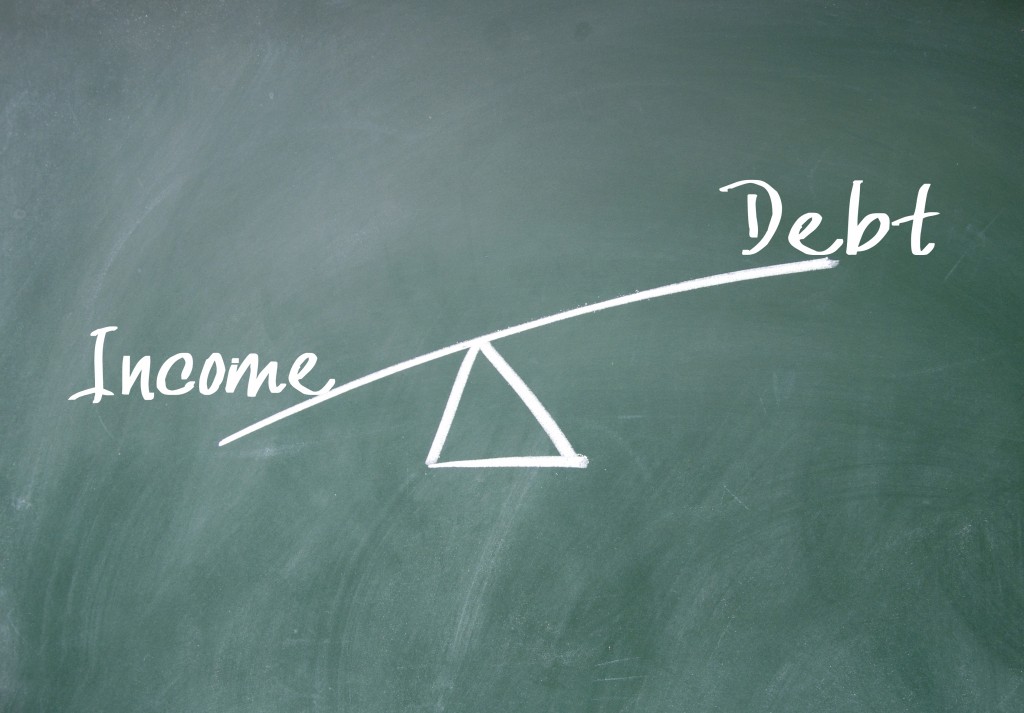
Most consumer debtors have two main bankruptcy chapters under the Bankruptcy Code: Chapter 13 and Chapter 7. There are, however, two other types of bankruptcy: Chapter 11 and Chapter 12. Here are the principal differences between the bankruptcy chapters.
Chapter 7: Liquidation
Chapter 7, also called straight bankruptcy, allows you to discharge most types of unsecured debts. The discharge completely eliminates your liability on debts. Usually taxes, student loans, alimony, and child support pass through the Chapter 7 discharge.
Chapter 7 is an excellent option for individuals who have become overwhelmed by debt. Overwhelmed either by the amount of their debts or by the sheer number of creditors. In most cases, Chapter 7 is quick and painless, taking about three months from start to finish.
Chapter 13: Reorganization
Chapter 13 is a form of debt adjustment. Your bankruptcy attorney will work with you to formulate a payment plan that you can afford. Chapter 13 is sometimes also called the “wage-earner’s bankruptcy” because you will need a sufficient monthly income to support your repayment plan.
Chapter 13 is also an excellent option for those who need to stop a foreclosure because it gives you three to five years to catch up on missed payments. In some cases, we may even be able to strip off your second mortgage using Chapter 13 procedures. In general, Chapter 13 is more flexible than Chapter 7 for solving certain types of financial problems.
Chapter 11: Restructuring
Chapter 11 bankruptcy is the chapter of bankruptcy that you hear about in the news all the time because it is usually filed by large businesses. But Chapter 11 also available to individuals, usually those with significant assets. Chapter 11 allows you to restructure your debts and shares similarities to Chapter 13.
In a Chapter 11, the debtor (or “debtor in possession”) maintains control of the day-to-day operations of the business or the individual’s finances. In Chapter 11, the debtor in possession develops a plan to repay some or all of the debt owed to creditors over time.
Chapter 12: Family Farmers & Fishermen
Chapter 12 bankruptcy addresses a very specific group of debtors: family farmers and fisherman. A form of reorganization, Chapter 12 allows farmers and fisherman with steady income to pay back all or a portion of their debts over an extended period of time.
Chapter 12 is often used to finance significant debts due to equipment purchases or facility upgrades. Chapter 12 bankruptcy is uncommon in the immediate D.C. area but occurs in the more rural areas of Maryland and Virginia.
Which of the bankruptcy chapters is right for you?
Most people must decide between the bankruptcy chapters of Chapter 7 and Chapter 13. This can be a tough choice. If you are considering filing bankruptcy in DC, Maryland, or Virginia, call Lee Legal to discuss which of the bankruptcy chapters is best for you.
